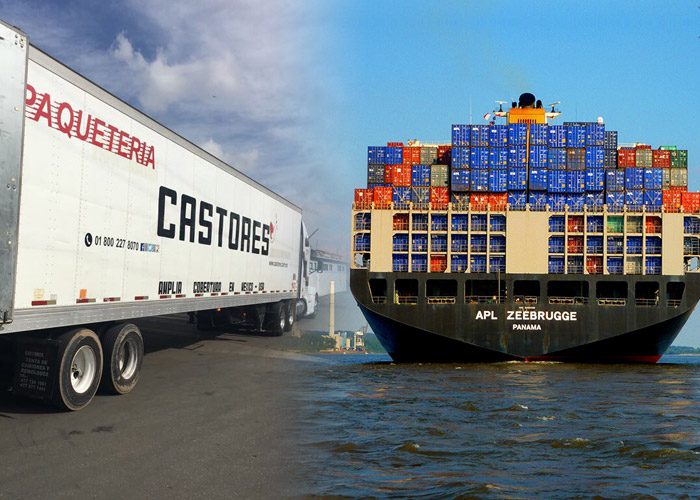
How to Ship Health and Exercise Equipment Internationally
Shipping health and exercise equipment internationally involves several considerations to ensure that the items arrive safely, legally, and cost-effectively at their destination. Here we discuss the key steps and tips for successfully shipping fitness equipment abroad, covering aspects such as understanding regulations, choosing the right shipping method, packaging, insurance, and customs clearance.
Understanding Regulations and Compliance
Research Destination Country Regulations: Before shipping health and exercise equipment internationally, it’s crucial to research and understand the specific regulations and restrictions of the destination country. Many countries have specific import restrictions or require special permits for certain types of equipment, especially electronic devices or items with medical purposes.
Compliance with Export Controls: Ensure that your shipment complies with export controls and sanctions imposed by your country. This may involve obtaining necessary export licenses or permits for certain types of equipment.
Choosing the Right Shipping Method
Evaluate Shipping Options: There are several shipping options available for international shipments, including air freight, sea freight, and courier services. Each option has its advantages and disadvantages in terms of cost, speed, and capacity. For heavy and bulky exercise equipment, sea freight might be the most cost-effective option, while air freight or courier services might be more suitable for faster delivery of smaller items.
Consider Consolidated Shipping: If you are shipping multiple items or sending inventory to a distributor, consider using consolidated shipping to save on costs. This involves combining your shipment with others to fill a container, reducing the price per unit shipped.
Packaging and Protection
Proper Packaging Materials: Use high-quality, durable packaging materials to protect your items during transit. This includes sturdy boxes, bubble wrap, foam padding, and pallets for larger items. Ensure that the packaging can withstand long distances and handling at various points.
Secure Packaging Practices: Securely pack each item to prevent movement inside the box during transportation. For delicate components, consider using additional protective materials and clearly label the package as fragile.
Insurance and Liability
Get Insurance Coverage: Shipping insurance is essential for protecting your items against loss, damage, or theft during transit. Ensure that the insurance coverage matches the value of the equipment being shipped and understand the terms and conditions of the insurance policy.
Understand Carrier Liability: Familiarize yourself with the carrier’s liability policies, including any limitations or exclusions. This will help you understand what is covered in the event of damage or loss and how to file a claim if necessary.
Customs Clearance and Documentation
Prepare Necessary Documentation: Proper documentation is crucial for smooth customs clearance. This includes a commercial invoice, packing list, bill of lading (for sea freight), or air waybill (for air freight). The commercial invoice should accurately describe the items, including their value and country of origin.
Understand Duties and Taxes: Be prepared to pay any applicable duties and taxes at the destination country. The amount can vary widely depending on the type of equipment and the destination country’s regulations. Use customs brokers or consult with the shipping carrier to estimate these costs and ensure compliance with local tax laws.
Comply with Labeling Requirements: Ensure that your shipment complies with any specific labeling requirements of the destination country, including safety standards, electrical standards, and language-specific labels.
Tracking and Communication
Track Your Shipment: Utilize tracking options provided by your shipping carrier to monitor the progress of your shipment. This allows you to provide updates to the recipient and anticipate any delays.
Maintain Communication: Keep open lines of communication with your shipping carrier, customs brokers, and the recipient. Promptly address any issues that arise during the shipping process to avoid delays or additional costs.
Tips for Success
- Early Planning: Start planning your shipment well in advance to navigate regulatory requirements, choose the best shipping option, and prepare for any potential challenges.
- Carrier Selection: Choose a reputable shipping carrier with experience in handling health and exercise equipment and familiarity with your destination country. Consulting with international shipping companies can provide insights and services tailored to your specific needs.
- Cost Consideration: Compare quotes from multiple carriers and consider all potential costs, including shipping, insurance, duties, and taxes, to find the most cost-effective solution.
- Documentation Accuracy: Ensure all documentation is complete, accurate, and submitted on time to avoid delays or complications with customs clearance.
Shipping health and exercise equipment internationally can be complex, but with careful planning, understanding of regulations, and attention to packaging and documentation, your shipment can arrive safely and efficiently at its destination. By considering the factors outlined in this guide, shippers can navigate the international shipping process with confidence and success.